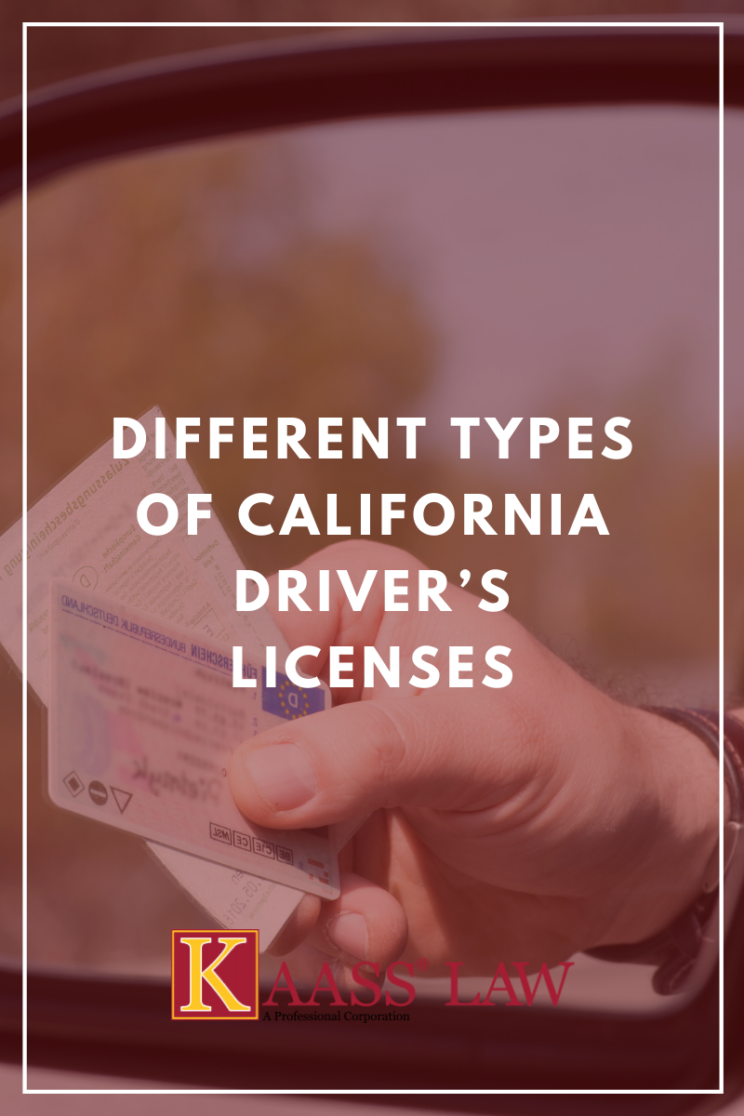Is it Illegal to be an Unlicensed Driver in California?
Yes, driving without a license not only can result in a fine but also a jail sentence. As per the California Department of Motor Vehicles, it is illegal for anyone with a suspended or revoked driving privilege to drive a car. It is also, illegal to ride a motorcycle without a California license.
What Other Penalties Apply to an Unlicensed Driver?
Other penalties for being an unlicensed driver include impounding the vehicle for up to 30 days. Impounding a vehicle essentially is when an individual’s vehicle is placed in a lot or towing yard at which point the individual must pay a fee to get their vehicle back.
How Old Must a Driver be to Drive an Interstate Commercial Vehicle?
A driver must be at least 21 years old to be an interstate commercial vehicle driver. Further, as per the California Department of Motor Vehicles, the driver must be at least 21 years old to transport hazardous materials or waste. An interstate carrier is a vehicle that provides transportation services across state borders.
What Are the Classes for California Driver’s Licenses?
A driver may have any one of the following classes of driver’s licenses: Class A, Class B, Class C, Class MI, or Class MI.
What Vehicles Qualify for a Class A Driver’s License?
Class A is for any combination of vehicles being towed has a Gross Vehicle Weight (GVW) rating of more than 10,000 pounds. For example, Class A can be for any trailer bus or any vehicle under Class B or Class C. Further, Class A can be for any vehicle towing more than one vehicle.
What Vehicles Qualify for a Class B Driver’s License?
Class B is any single vehicle with a GVW rating of more than 26,000 pounds. Further, Class B also applies to any single vehicle with 3 or more axles. The exception is any single 3-axle vehicle weighing less than 6,000 pounds. Additionally, buses as well farm labor vehicles also qualify for a Class B driver’s license. Lastly, vehicles that are covered under Class C also qualify for a Class B driver’s license.
What Vehicles Qualify for a Class C Driver’s License?
Class C is typically the most common class for a driver’s license. Vehicles under Class C include any 2-axle vehicle with a GVW rating of 26,000 pounds or less. Additionally this applies to vehicles towing a trailer with a GVW rating of 10,000 pounds or less. Additionally, any 3-axle vehicle weighing 6,000 pounds or less also qualifies for a Class C driver’s license as well as any 2-axle vehicle weighing 4,000 pounds or more.
What Vehicles Qualify for a Class MI License?
This driver’s license in fact is not for vehicles but rather for any 2-wheel motorcycles or motor-driven cycles and can be included on Class A, B, or C license upon completion of the exam.
What Vehicles Qualify for a Class M2 License?
This driver’s license is also not for vehicles but rather for any motorized bicycle or moped and can be included on Class A, B, or C license upon completion of the exam.
Get Legal Help
Experienced and professional legal assistance can help you with any issues related to your driver’s license. We invite you to contact KAASS Law firm at (310) 943-1171 for a free consultation on your case.

